He wore hair almost to his waist and wanted to marry his own student. Though he was made to be a flawless hero, he secretly fathered at least one illegitimate child. You surely know who we are talking about.
1. He was repeating a year at school
Tadeusz Kościuszko initially studied in the family home. Then he was sent with his brother to the Piarist school in Lubieszów. A sleepy town with no entertainment should be good for science. Our hero, however, had problems with her, and it was so serious that he did not pass to the next grade. He was detained for the second year, probably because he did not know what was needed, or maybe because of illness - the eminent historian Tadeusz Korzon guessed.
2. He was called "the Swede"
However, there was an improvement over time. Kościuszko ended up in Warsaw, and more specifically, in the Noble Academy of the Cadet Corps, popularly known as the Knight's School. He studied well, was distinguished by his physical strength, and at the same time he was fascinated by the figure of Charles XII, king of Sweden, famous for his great strength. This is why he was given the nickname "Swede".
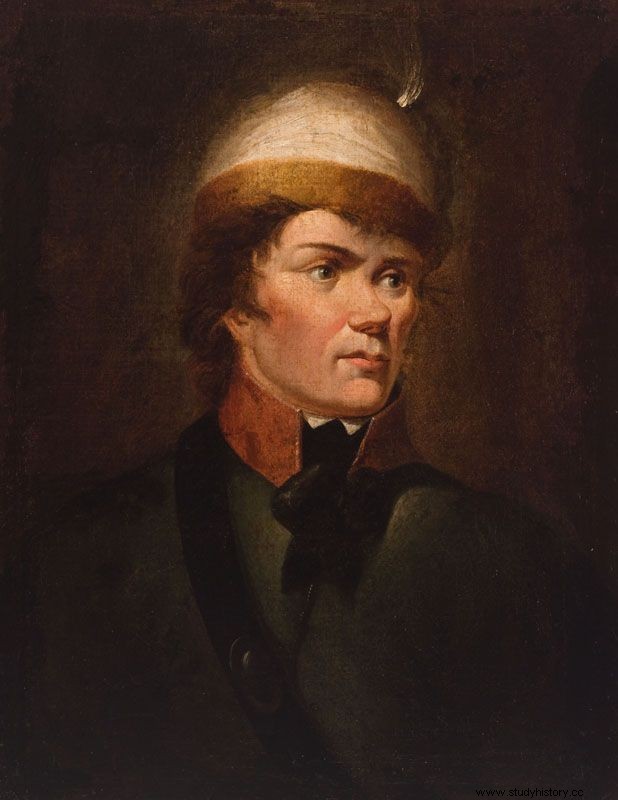
Strong and fascinated with Charles XII, Kościuszko was nicknamed the "Swede". 18th century portrait.
3. He painted nudes
Soon Kościuszko went abroad and continued his education there. In the fall of 1769 he found himself in Paris, where he enrolled in the Academy of Painting and Sculpture. Even the nudes and watercolor views of Rome by him have survived from that period and are now in the National Museum in Krakow.
Arts Sciences wasn't really the main purpose of the trip to France - it was about military studies. Although the schools for military engineers in Mezières and for artillery officers in Bapaume did not accept foreigners, private teachers could be used. On the other hand, learning drawing was a good introduction to getting to know the secrets of military engineering.
4. He fell in love with a schoolgirl
However, when he returned from abroad, it turned out that for people with "his education" there was no job in his homeland. In order to become an officer in the army of the Republic of Poland, one had to buy a position. Our hero, who did not have the right amount of money, was forced to engage in other activities.
Thus, Kościuszko became a teacher of two daughters of the Smolensk voivode, Józef Sosnowski:Katarzyna and Ludwika. He taught them history, math and drawing. However, science soon receded into the background, because our hero fell in love with Ludwika - and with reciprocity.
The age difference was slight. The teacher was 29 years old. As one of his friends wrote:
His eyes were large, gloomy, his face was pale, his figure was quite pleasant. The thick braid of natural hair, the accused with a black ribbon, struck me the most about it .
In turn, the student was about 22 years old. Much has been written about their relationship. However, what is true and what is rumor - it is difficult to decide. The aforementioned historian Korzon stated:
There are many eyewitness stories about this love, but in fact gossipy and so absurd that it is not worth repeating them. From the written and certain evidence, we can only understand that the lovers' cooing could last about 5 months, from May to October 1775 .
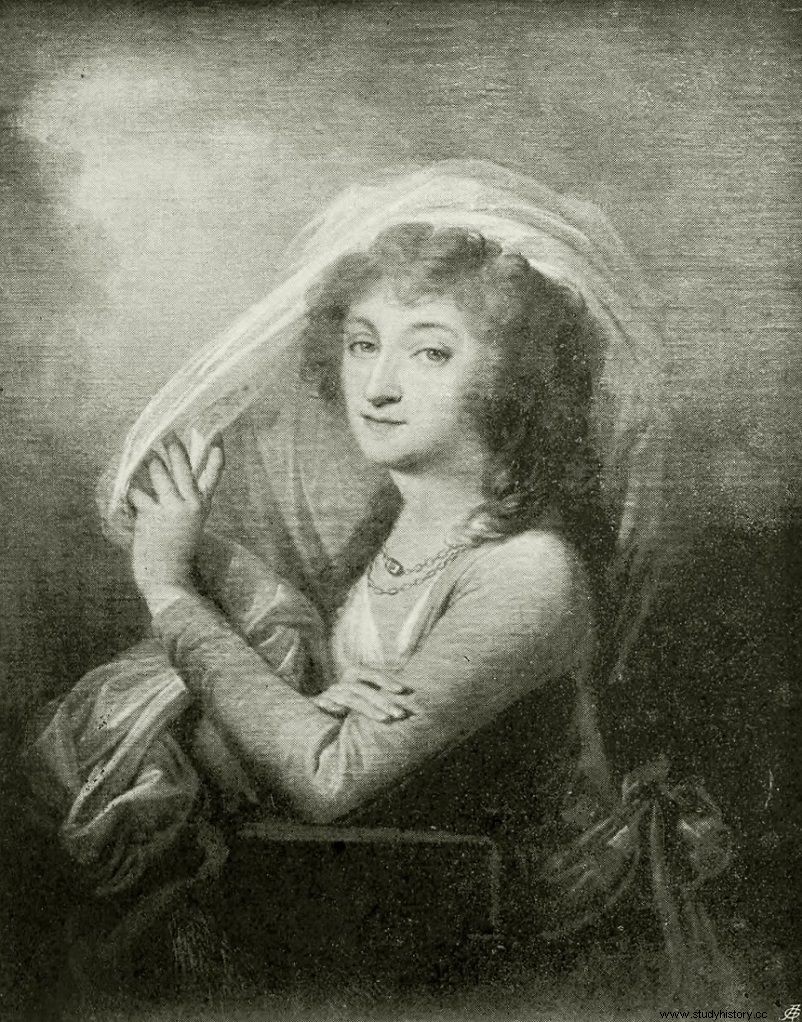
A student and the first great love of Kościuszko, Ludwika Sosnowska, portrayed at the age of around 40 by Józef Maria Grassi.
Apparently, Kościuszko tried to kidnap his beloved because the girl's father had already chosen another candidate for son-in-law. Upon learning of the teacher's plans, he imprisoned his daughter and later officially refused her hand. - Turtles not for sparrows, and magnate daughters not for small noble ones! Sosnowski was supposed to say.
5. He had contacts with arms dealers
Broken-hearted, fearing the revenge of the mighty magnate (Sosnowski at that time became the Lithuanian field hetman), Kościuszko went abroad again. He failed to enlist in the army in Saxony, so he moved on - to France. There he met a man named Pierre Augustin Caron de Beaumarchais.
In the history of literature, he is known primarily as the creator of the The Marriage of Figaro. The writer, however, also engaged in other activities. He ran, among others, Roderigue, Hortalez &Co. (also named Roderigue Hortalez and Company), which secretly smuggled weapons and ammunition across the Atlantic, where the United States fought for independence with the United Kingdom.
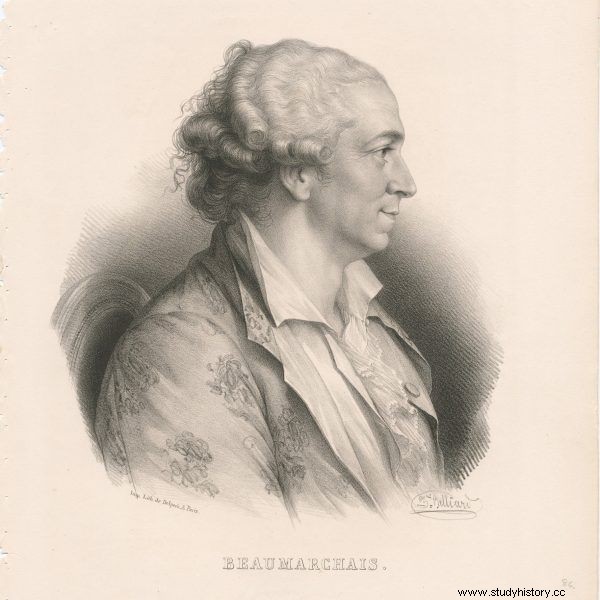
Pierre Augustin Caron de Beaumarchais is a writer and smuggler who made Kościuszko cross the Atlantic.
On board a ship belonging to that company, Kościuszko left for America. When he came to Boston, he went to see Benjamin Franklin. This 71-year-old entrepreneur and politician asked the newcomer for letters of recommendation. - A man with talent should show his suitability, not recommendation letters, and I want to pass the exam from what I can do - replied the Polish emigrant.
He passed it with flying colors. After many years at West Point, the best military school in the United States, a monument was even erected for it in 1828. His surname for foreigners was difficult to pronounce. George Washington himself wrote them down in eleven different ways. Some people just called him "Kos".
6. Staszic sabotaged his marriage plans
Tadeusz Kościuszko was one of the brightest figures in the history of Poland. Colloquially speaking, many of our heroes had a lot behind their ears. From Bolesław Chrobry through Stefan Czarniecki to Józef Piłsudski. Meanwhile, Kościuszko was a decent man. This does not mean that his fate is a boring story of a monumental figure.
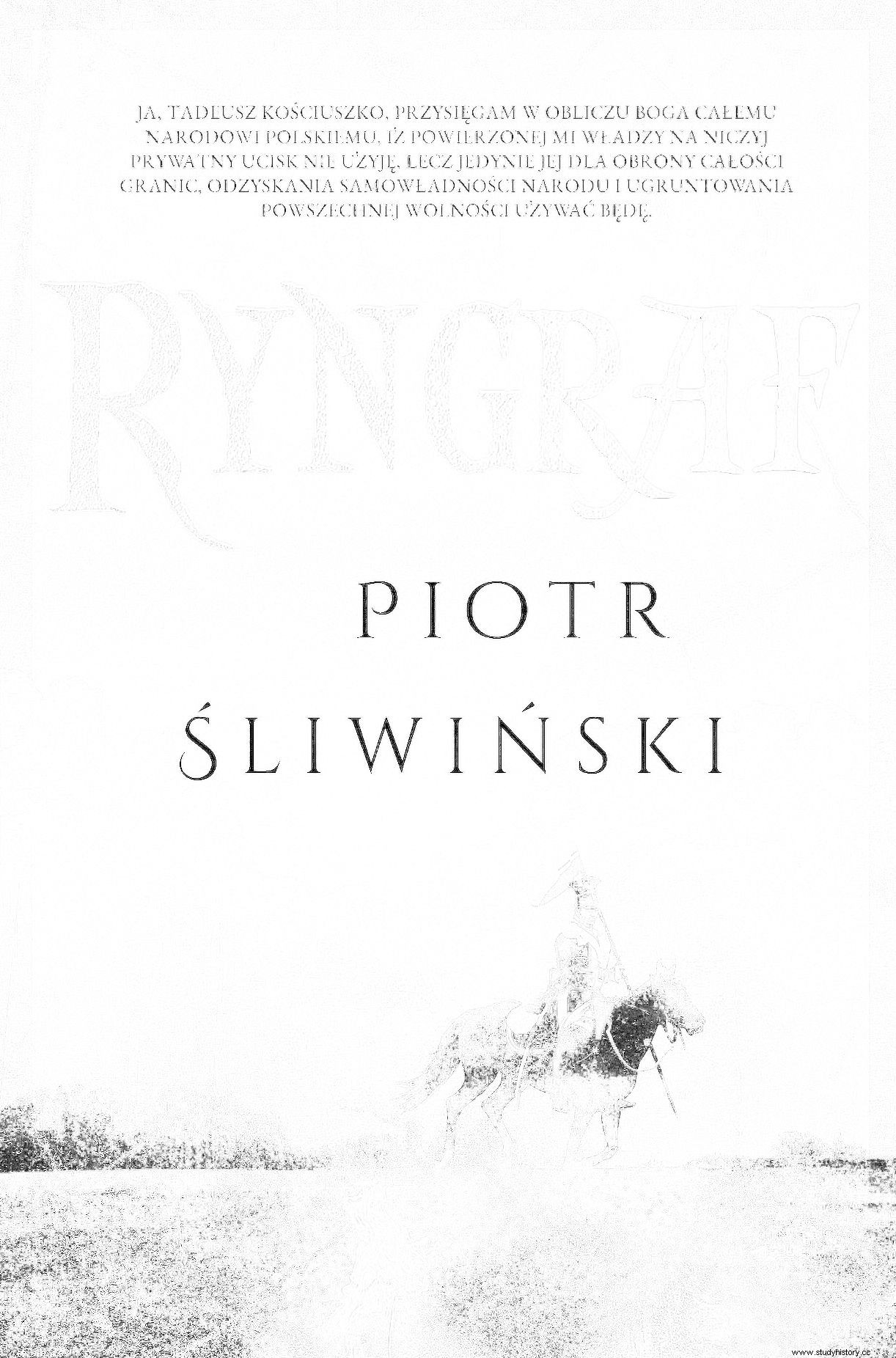
The article was inspired by the novel by Piotr Śliwiński, entitled "Ryngraf" (Muza 2017).
In 1792, Anna Zamoyska, the 20-year-old daughter of the Crown Chancellor himself, engaged to Aleksander Sapieha, a representative of a powerful family, became so fascinated by Kościuszko that she was ready to break her engagement and marry the future winner from Racławice. Even her mother was inclined to support this idea, but the tutor of the chancellor's sons - the famous scholar and priest Stanisław Staszic - turned out to be reluctant. A year later, on the advice of Kościuszko himself, Miss Zamoyska married Sapieha.
About the same time, our hero started an affair with a certain Konarska, the colonel's wife. It was rumored that he had had an illegitimate child with her .
7. He wanted to kill himself, but not for love
In 1794, during the Battle of Maciejowice, which ended with the defeat of the insurgents and the victory of the Russians, seeing that everything was lost, he put a gun in his mouth, pulled the trigger, but the weapon did not fire. The scene is quite vivid, no wonder it tempts writers. At Piotr Śliwiński's in his latest novel Ryngraf looks like this:
Kosciuszko reached for the olster, drew his pistol and, suddenly releasing it, put the barrel to his temple and pulled the trigger. The gunpowder backfilled. The second pistol also failed, so the Governor threw it away and sprung his horse with the last of his strength to replant the trench overgrown with blackthorn and hawthorn.

At Maciejowice, Kościuszko was close to death not only by his own hand, which was painted by Jan Bogumił Plersz shortly after the battle.
8. He simulated disability… for four years
Having got into Russian captivity, he began to simulate the paresis of his legs. Initially, he hoped that the insurgent troops still fighting the enemy would be able to recapture him on the way. Later, he hoped for better prison conditions. As an invalid, he could seem less dangerous to the Russians. The feigned disability undoubtedly contributed to his release from a Russian prison in early 1796.
- I lay in captivity all day, crippled to my feet, or on a chair, I rolled myself, and at night I ran around my room to reward my lack of exercise - he recalled. He simulated the disease for two more years after his release. No wonder, since he had to travel with tsarist agents at first, but then?
9. He was a composer
During the Russian captivity, Kościuszko not only simulated, but probably also composed. The artistic achievements of the Commander of the Uprising include - as experts put it - "modest but rather neat pieces for a piano":two polonaises and a waltz. When he created them - it is not known. However, researchers usually indicate the period of stay in Russian captivity, that is, between 1794 and 1796.
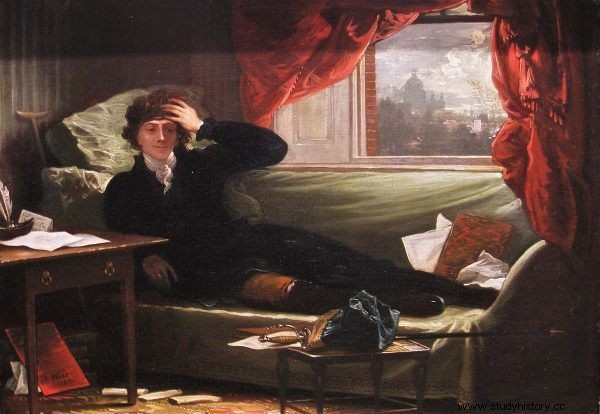
Was Kościuszko composing polonaises with creative inspiration? Picture by Benjamin West from 1797.
In 1797, in London, Kościuszko submitted them for printing. He dedicated his works to the "Patriotic Polish Army", that is the Legions of Dąbrowski. The Polish premiere of these works took place in 2003 at the Festival in Lublewo near Gdańsk.
10. He got a tomahawk from Baby Turtle
In the years 1797–1798 he visited the United States for the second time. He then met with an Indian chief, Little Turtle of the Ottawa tribe, who tried to make the American government prohibit the import of alcohol to the Indian territories. Hearing of Kosciuszko as a human rights defender, he visited him and gave him a tomahawk, that is, the Indian blunt and slash weapon. On the other hand, he looked with interest at the glasses he received in return from the Polish hero. - You gave me new eyes! He called, seeing everything more clearly and in magnification.
Little Turtle also couldn't pronounce the name of his new friend. He called him "Kocho" (translated in English as "Kotcho").
